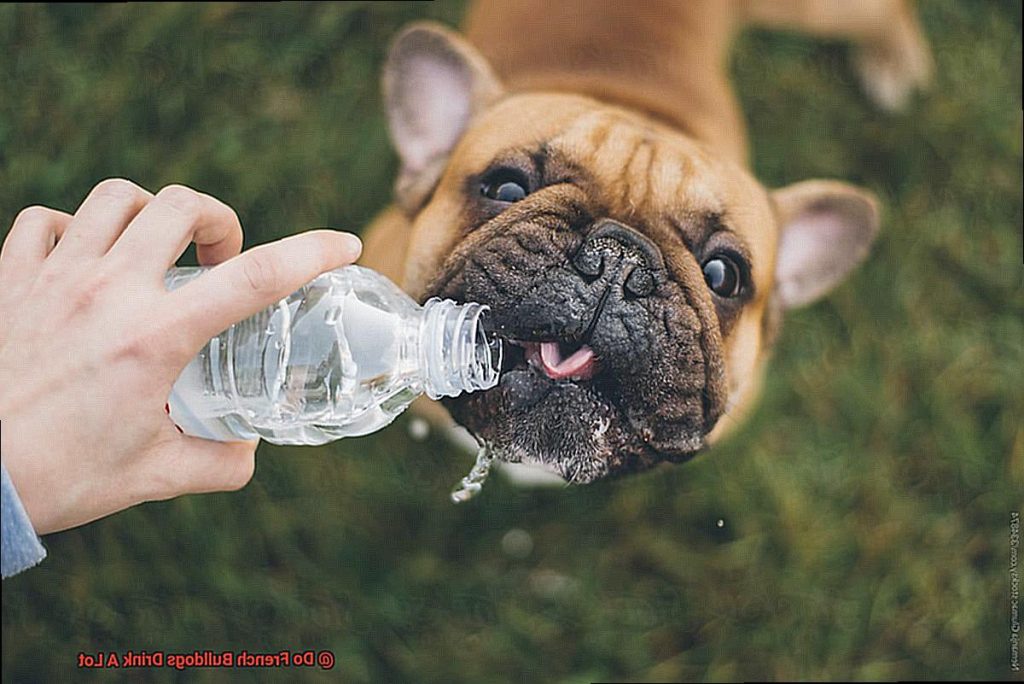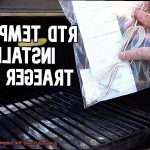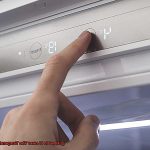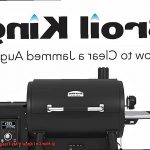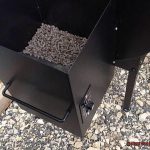Are you one of those people who rely on their thermometer to take their temperature accurately? Do you worry that it may not be giving you the right reading? Whether you’re a healthcare worker, a chef, or just someone who wants to keep track of their body temperature, it’s essential to have accurate thermometer readings. Inaccurate readings can lead to misdiagnosis, failed cooking recipes, and unnecessary panic. So, how do you know if your thermometer is accurate?
Believe it or not, checking your thermometer’s accuracy is pretty simple. All it takes is a glass of ice water and some patience. That’s right; verifying your thermometer’s accuracy is as easy as checking if water turns into ice at 0°C. In fact, this is precisely how the National Institute of Standards and Technology (NIST) calibrates its thermometers, which are then used as a standard all over the world.
But wait, there’s more. In this post, we’ll dive deeper into the different types of thermometers and their accuracy levels. We’ll also show you how to calibrate your thermometer and troubleshoot common issues that lead to inaccurate readings. So stick around to make sure that your thermometer is giving you precise readings – we’ll teach you how in just a few easy steps.
Contents
Why is an Accurate Thermometer Important for Grilling?
Grilling is a beloved outdoor pastime that brings people together for delicious meals and quality time. However, without an accurate thermometer, your grilling experience can quickly go from sizzling to disappointing. An accurate thermometer is critical for successful grilling, as it ensures that your food is cooked thoroughly and safely.
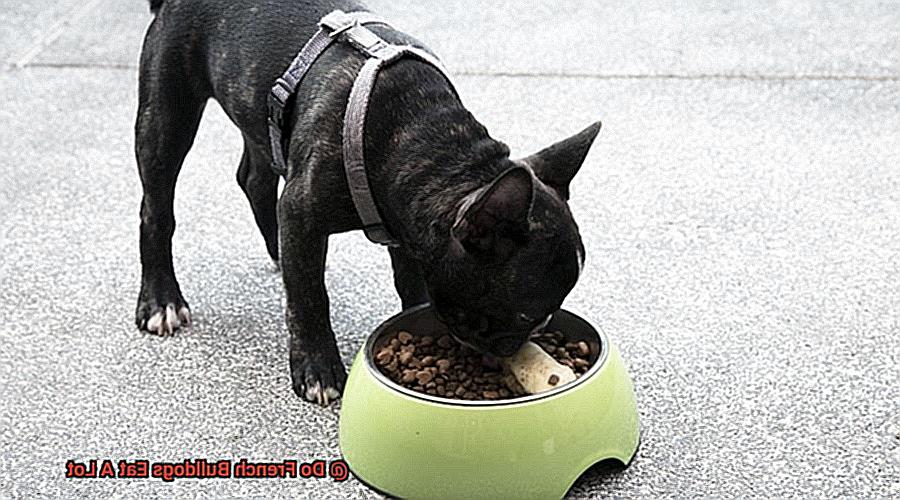
One of the primary reasons why an accurate thermometer is essential for grilling is that it helps you achieve the correct temperature range required to cook food evenly and effectively. Without an accurate thermometer, you’re left guessing the temperature of your grill or the internal temperature of your meat, which can lead to undercooked or overcooked meat. This can be a significant health hazard and increase the risk of foodborne illnesses.
Moreover, an inaccurate thermometer can also lead to overcooking, resulting in dry and tough meat. Overcooked meat loses its natural juices, making it less flavorful and less enjoyable to eat. This is especially true if you’re grilling expensive cuts of meat, as an inaccurate thermometer can be costly and ruin the meat, resulting in wasted money.
Another reason why an accurate thermometer is crucial when grilling is that it’s especially important when cooking thicker cuts of meat. These meats require a longer cooking time and need to reach a specific internal temperature for safe consumption. An inaccurate thermometer can lead to undercooking these thicker cuts, leaving the inside raw and increasing the risk of food poisoning.
To ensure that your thermometer is accurate, it’s essential to test it regularly by using ice water and boiling water. Calibration is also necessary to adjust the thermometer to make sure that it reads accurately. Follow the manufacturer’s instructions for digital thermometers or use pliers or a wrench to adjust the nut on the back of dial thermometers until they read accurately.
Testing Your Thermometer
Well, let’s start with one of the most critical tools in your arsenal – your thermometer. Without an accurate thermometer, you might as well be grilling blindfolded. So, let’s dive into the topic of testing and calibrating your thermometer to ensure your food is cooked safely and correctly.
Ice Water Test
How can you be sure your thermometer is accurate? This is where the ice water test comes in – a simple yet effective way to check the accuracy of your thermometer.
To perform this test, you will need a glass of ice water and your thermometer. Fill the glass with ice cubes and cold water until the glass is full. Stir it for about 30 seconds to ensure that the temperature is consistent throughout the glass. Insert your thermometer into the glass of ice water, making sure not to touch the sides or bottom of the glass. The temperature reading on your thermometer should read 32°F (0°C) if it is accurate.
If it does not read this temperature, don’t worry. You can adjust it accordingly by consulting the manufacturer’s instructions. Some thermometers can be calibrated by adjusting a small screw or nut on the back of the device, while others may need to be sent back to the manufacturer for calibration.
It’s important to note that thermometers can become inaccurate over time due to wear and tear or exposure to extreme temperatures. That’s why it’s crucial to perform regular accuracy tests, such as the ice water test. By doing this, you can ensure that your thermometer remains accurate and reliable.
Apart from the ice water test, there are other methods for testing your thermometer’s accuracy, such as boiling water tests or using a dedicated calibration device. However, why complicate things when you can easily perform this simple and effective test at home with minimal equipment?
In summary, here are some key takeaways:
- The ice water test is a simple and effective way to check the accuracy of your thermometer.
- If your thermometer reads a different temperature than 32°F (0°C), consult the manufacturer’s instructions for calibration.
- Regularly testing your thermometer for accuracy is crucial to ensure that your food is cooked safely and to perfection.
Boiling Water Test
The boiling water test is an easy and reliable method to check its accuracy.
To perform the boiling water test, you’ll need a pot, water, and your thermometer. Make sure to fill the pot with enough water to submerge the sensing area of your thermometer. Then, place the pot on a stove or heat source and bring it to a rolling boil.
Once the water has reached boiling point, carefully insert your thermometer into the water without touching the sides or bottom of the pot. Wait for the reading to stabilize and record the temperature.
It’s important to note that altitude can affect the boiling point of water, so if you live at high altitudes, you may need to adjust your test accordingly. For instance, if you’re 5,000 feet above sea level, water boils at 202°F (94°C).
If your thermometer doesn’t read 212°F (100°C), or the adjusted temperature for your altitude, it may not be accurate. In this case, you may need to calibrate or replace your thermometer to ensure its accuracy.
What to Do if Your Thermometer is Not Accurate?
A thermometer is a vital tool for grilling and cooking, and it can be frustrating when it’s not accurate. However, there are steps you can take to fix the problem and have perfectly cooked food every time.
Calibrating your thermometer is the first step towards accuracy. Calibration involves checking that your thermometer is giving accurate readings and adjusting it accordingly. To calibrate your thermometer, use ice water and boiling water. Place your thermometer in ice water and make sure it reads 32°F (0°C). Then place it in boiling water, ensuring it reads 212°F (100°C). If your thermometer does not read these temperatures, adjust it until it does.
Another reason for your thermometer’s inaccuracy could be a low battery. If your thermometer is battery-operated, replace the battery with the correct type and see if this solves the problem.
If your thermometer has been dropped or damaged in any way, it might not be accurate. Check for any visible damage such as cracks or dents. If you notice any damage, replace your thermometer to ensure accuracy.
Testing your thermometer with another one is also a good idea. If you have another thermometer, test it against the one that is giving inaccurate readings. If the readings are different, then one of them is not accurate. However, if both thermometers give inaccurate readings, then you might need to look at other factors such as the cooking method or the meat itself.
Calibrating a Digital Thermometer
Calibrating your thermometer is a simple process that guarantees accurate temperature readings and brings you back on track to cooking juicy, succulent meats.
One of the most reliable methods of calibration is the ice water method. To calibrate your digital thermometer using this method, you will need a glass of ice water, a container large enough to hold your thermometer, and your digital thermometer.
First, fill the container with crushed ice and water, ensuring the water level is just above the ice. Then insert your thermometer into the ice water, making sure not to touch the sides or bottom of the container. Wait for the temperature reading to stabilize, and your thermometer should read 32°F (0°C), which is the freezing point of water.
If your thermometer does not read 32°F (0°C), check if it has a calibration feature. If it does, refer to your user manual for instructions on how to adjust it. If not, it might be time to replace it.
It’s crucial to note that digital thermometers can lose accuracy over time due to various factors such as impact, extreme temperature changes, altitude, and atmospheric pressure. Therefore, it’s essential to recalibrate them periodically or after any significant changes in environmental conditions.
Calibrating a Dial Thermometer
Fear not. Calibrating your thermometer is simpler than you might think. As an expert in calibrating dial thermometers, let me guide you through the straightforward steps to ensure that your thermometer is always reading the correct temperature.
To begin, we will use the boiling point method to calibrate your dial thermometer. Fill a pot with water and place it on the stove to boil. Once the water starts to boil vigorously, carefully insert your thermometer into the water without touching the sides or bottom of the pot. At sea level, the temperature on the dial should read 212 degrees Fahrenheit (100 degrees Celsius).
If your thermometer displays a different temperature, there’s no need to panic – it just needs to be calibrated. To do this, locate the calibration nut on the back of your thermometer and use a pair of pliers to turn it until it reads 212 degrees Fahrenheit (100 degrees Celsius). Once you’ve adjusted it, repeat the boiling point test to ensure that your thermometer is now precisely calibrated.
It’s important to bear in mind that altitude can affect the boiling point of water. If you live in an area at a higher altitude, consult a chart to adjust for the correct boiling point temperature.
In addition to calibrating a dial thermometer, it’s also crucial to clean and sanitize it after each use. A dirty or contaminated thermometer can give inaccurate readings and potentially spread harmful bacteria. To keep your thermometer accurate and safe to use, make sure to clean it after every use.
The Effect of Altitude on Boiling Points
Then it’s essential to understand the effect of altitude on boiling points.
As we all know, water boils at 212 degrees Fahrenheit (100 degrees Celsius) at sea level under normal atmospheric pressure. But as altitude increases, atmospheric pressure decreases, causing the boiling point of water to decrease as well. This means that at higher altitudes, water boils at a lower temperature than it does at sea level. And if you’re using a thermometer to measure the temperature of boiling water at high altitudes, you need to take this decrease in boiling point into account. Otherwise, you may end up with inaccurate readings that can affect the quality of your cooking or other applications.
Fortunately, there are ways to compensate for the effect of altitude on boiling points. One method is to use altitude correction tables or formulas that take into account the altitude and atmospheric pressure of your location. These tools can help you adjust your thermometer readings and ensure accurate results.
However, it’s crucial to keep in mind that not all thermometers are designed to be used at high altitudes. Some may have limitations in accuracy or range of measurement when used in such environments. Therefore, it’s essential to check the specifications and instructions of your thermometer before using it at high altitudes.
Here are some additional sub-topics and tips to help you navigate the effect of altitude on boiling points:
- Use altitude correction tables or formulas: These tools are readily available online or in scientific reference books. By inputting your altitude and atmospheric pressure values, you can obtain the corrected boiling point temperature for your location.
- Consider the impact on cooking and experiments: The decrease in boiling point can affect the quality of your cooking or the outcome of your experiments. For example, pasta may take longer to cook at higher altitudes, and certain chemical reactions may not occur as expected. By adjusting your thermometer readings, you can ensure accurate results and prevent any mishaps.
- Don’t forget about the impact of humidity: Humidity can also affect the boiling point of water. At higher altitudes, the air is typically drier, which can cause the boiling point to decrease even further. So, it’s essential to take both altitude and humidity into account when using a thermometer.
Regularly Calibrate Your Thermometer
Picture this: you’ve spent hours preparing a meal for your family only to find out that it’s undercooked or overcooked because your thermometer was faulty. This unfortunate scenario can be easily avoided by taking the time to calibrate your thermometer.
Calibration is the process of checking the accuracy of your thermometer and adjusting it if necessary. Over time, thermometers can develop inaccuracies due to various factors such as exposure to extreme temperatures, physical damage, or improper handling. Regular calibration helps in detecting these inaccuracies and correcting them before they cause any problems.
There are different ways to calibrate a thermometer depending on the type you have. The most common method is the ice bath method, which involves immersing the thermometer into a mixture of ice and water. The temperature of the mixture should be 32°F (0°C), and the thermometer should read this temperature when fully submerged in the mixture. If the reading is off by more than one degree, then it needs calibration.
Another method is the boiling point method, which involves immersing the thermometer in boiling water. The temperature of boiling water at sea level is 212°F (100°C). The thermometer should read this temperature when fully submerged in boiling water. If the reading is off by more than one degree, then it needs calibration.
It’s important to note that not all thermometers can be calibrated. Some digital thermometers have a fixed calibration and cannot be adjusted. In this case, it’s important to ensure that you handle and store the thermometer correctly to minimize inaccuracies.
Regularly calibrating your thermometer ensures that your food is cooked or stored at the right temperature, preventing foodborne illnesses. It also helps in prolonging the lifespan of your thermometer by detecting and correcting inaccuracies early on.
So how often should you calibrate your thermometer? It’s recommended to calibrate your thermometer at least once a year or more frequently if it’s used frequently or subjected to extreme temperatures. Calibration should also be done after any physical damage or after dropping the thermometer.
Conclusion
In conclusion, the accuracy of your thermometer is a crucial factor in various industries such as healthcare, cooking, and scientific experiments. Luckily, determining if your thermometer is accurate can be done easily with simple tests like the ice water or boiling water test. Consistently testing and calibrating your thermometer guarantees that it stays precise and dependable.
When it comes to grilling, having an accurate thermometer is especially vital for achieving the perfect temperature range required to cook food evenly and effectively. An imprecise thermometer can lead to undercooked or overcooked meat which can pose significant health risks and result in wasted resources.
If you discover that your thermometer isn’t accurate, there are steps you can take to fix the issue. Calibration entails verifying that your thermometer provides precise readings and adjusting it accordingly. If calibration doesn’t solve the problem, replacing your thermometer may be necessary.
It’s also important to consider altitude when using a thermometer at high elevations because boiling points differ at higher altitudes. Utilizing altitude correction tables or formulas can help correct your thermometer readings for accuracy.
Overall, regularly testing and calibrating your thermometer is essential for ensuring safe and successful outcomes across various fields.

